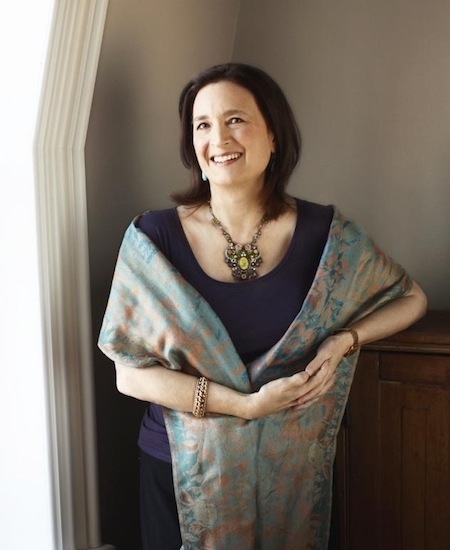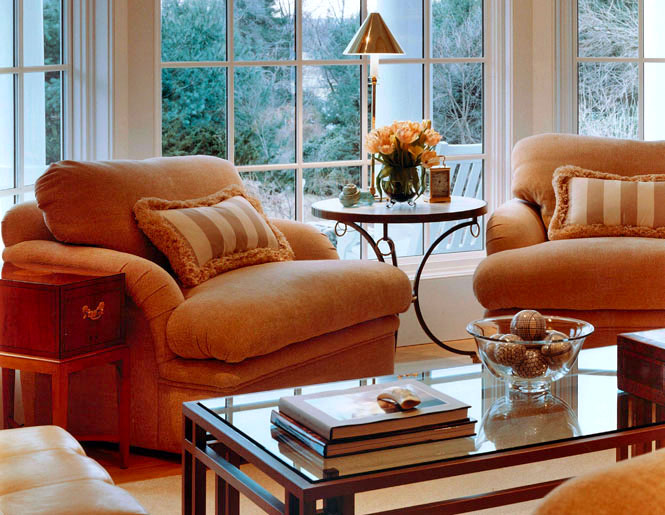A Guest Post by Bestselling Author and Nantucket Resident Nancy Thayer
On Island Girls and Houses
In my novel Island Girls, a young woman named Meg returns to her father’s Nantucket house for the first time in years. When she arrives, she sees:
“White clapboard, three stories high, with a blue front door sporting a mermaid door knocker…On either side of the front door, blue hydrangeas blossomed, and pink impatiens spilled from the white window boxes. It was a storybook house. A house with many stories.”
Houses hold the stories of our most private lives, and the hues, textures, and furniture reflect our dreams, hopes and memories. As a writer who has lived year-round for almost thirty years on Nantucket, I find that many of my novels begin with a house.
Meg, now a college professor, is eager to return to her bedroom in the historic old house.
“Like all old Nantucket houses, this one rambled oddly around, with rooms that had fireplaces or closets built in at odd angles. But the path to the bedroom, her bedroom, was embroidered into her memory like silk thread on muslin.”
We are all shaped by our past, and so are older houses, which we shape, and which, if we allow them, shape us. One thing I admire so very much about Trudy Dujardin’s interior design is her sensitivity to the past, to the life of each particular house, and her ability to match that to the desires of each particular owner. It seems to me that something spiritual seeps into the wood and walls of a house, enriching it, just as scotch aged in oak barrels is enriched.
The house my husband and I live in was built in 1840. It’s a tall, narrow house, with beautiful wide-board floors and peculiar additions, often called “warts” on Nantucket. When we first lived here, our children were nine and eleven, and we used the attic for a playroom and for my son’s private lair as he grew older. But I always coveted the attic because of its view of the harbor and two lighthouses, and when our children were in their twenties, we had a half moon window put in, refinished the walls and floor, and now I have a true room of my own to write in.
I write on a computer set on a practical new desk from Staples, but I also have an antique walnut desk with brass pulls in my study, and a wicker bookshelf that holds correspondence, calendars, notebooks, etc. I love having old furniture around me. So much that I see, hear, and touch inspires me with material for my books.
In Island Girls, “Meg cherished the room because of the slightly warped, ink-stained wooden desk and creaking cane-bottom chair placed against the back window, where she could sit and write or contemplate the starry sky and dream.”
Of course, houses must change, just as people do. The driving plot of Island Girls is the father, who has left the Nantucket house to all three daughters–who have different mothers. (Their father was a charmer, to say the least.) The three girls have become estranged, but their father’s will requires them to live together for the summer in the Nantucket house.
Their first argument begins with two of the sisters both wanted the same back bedroom, “with morning glory wallpaper and…a spool bed, covered with soft old cotton sheets and a patchwork quilt in shades of rose, lemon and azure, echoing the colors in the hand-hooked rug covering most of the satiny old pine floor.”
Some extremely modern events take place in this old house. Houses are for the living, after all, and just as we respond to them, they settle around us however we are, so a room once full of settees and music boxes becomes a media room with comfy sofas and a flat screen TV. Houses shelter us against the literal and figurative storms of life, they keep us safe, and they wait for us to come home.
I didn’t know until I was writing the last chapter of this novel exactly how it would end, which sister would get the house, if the ending would be happy or sad…and as in all my novel,s my characters surprised me. I think it will surprise the readers, too, and I hope it makes them smile.
































